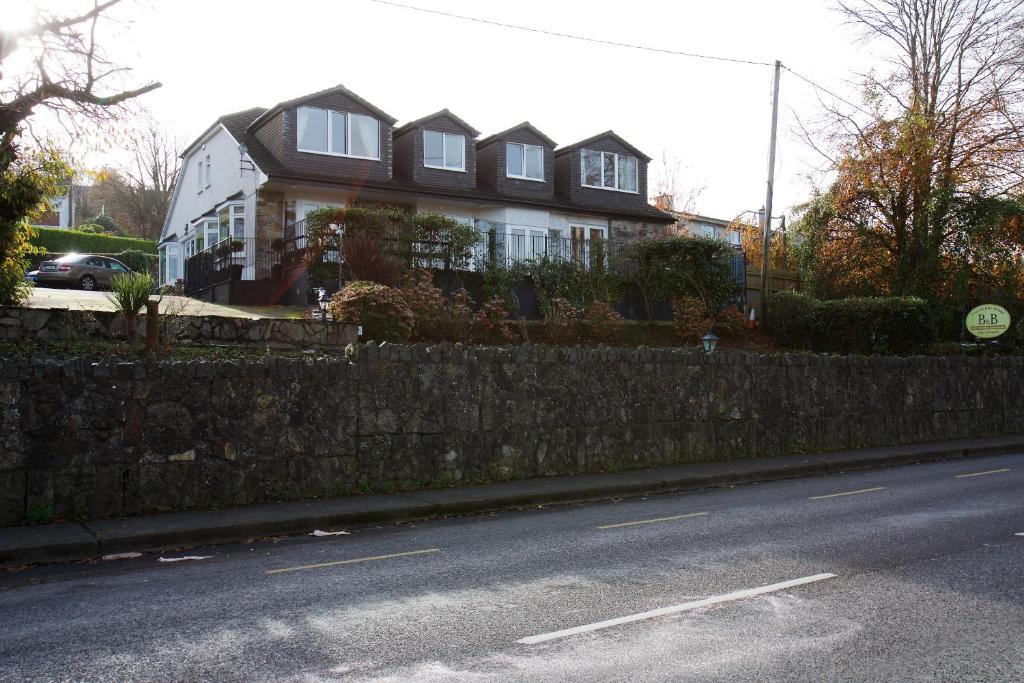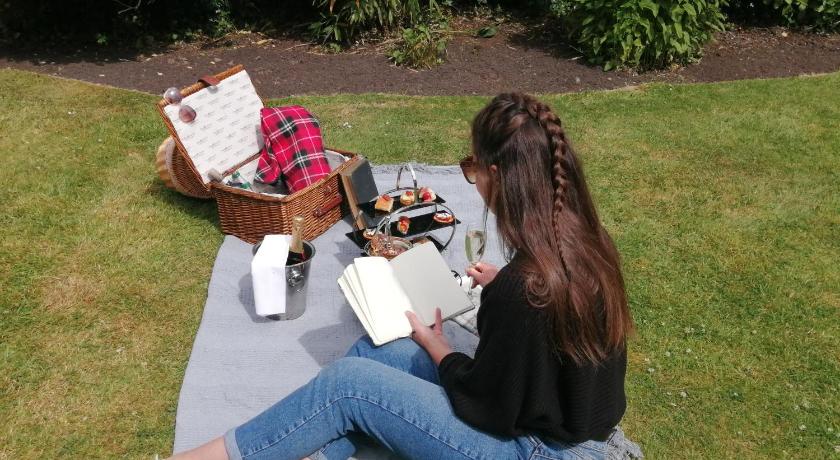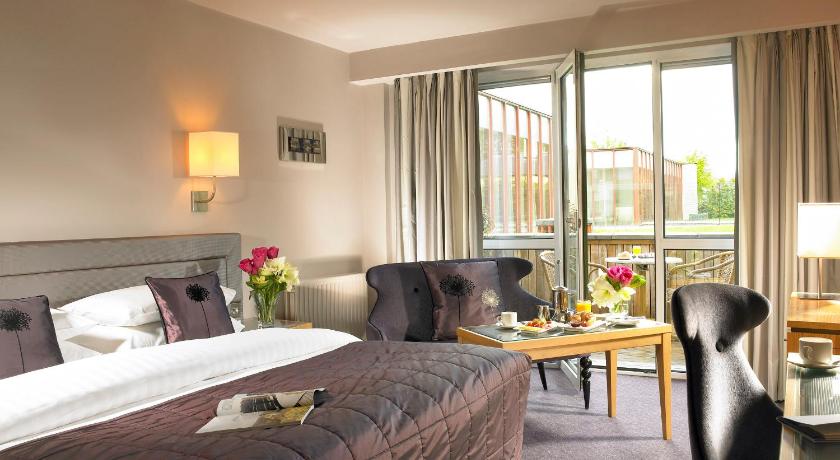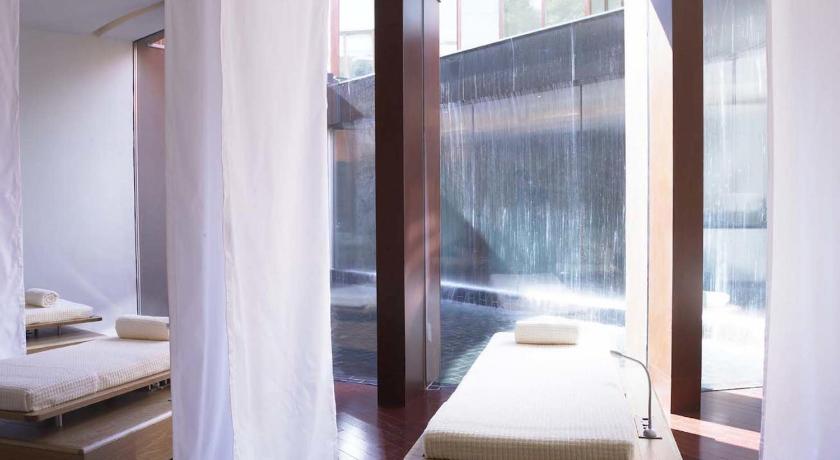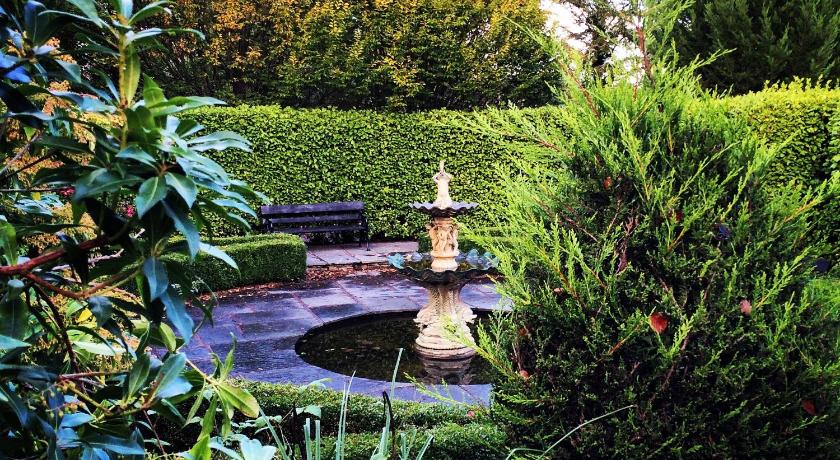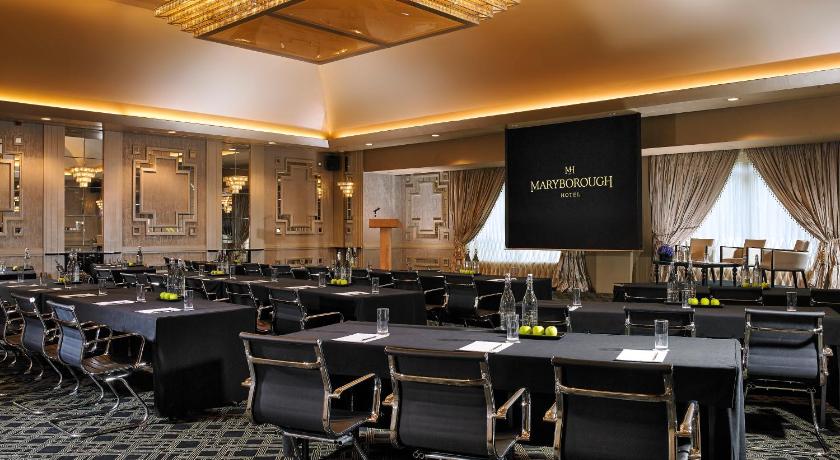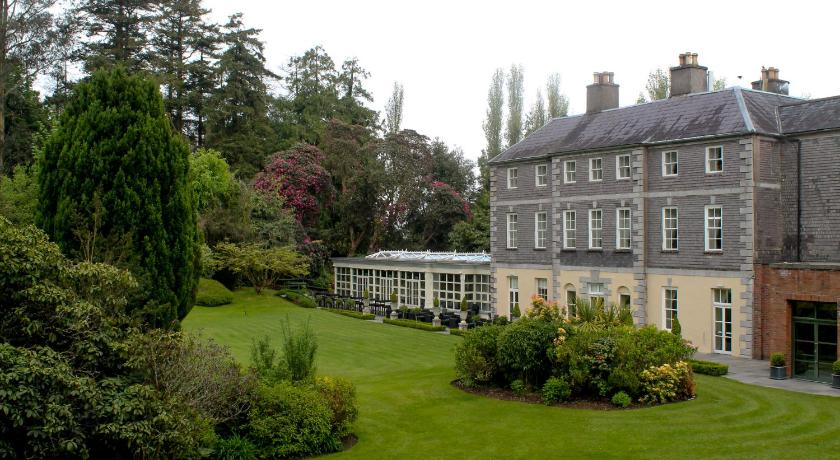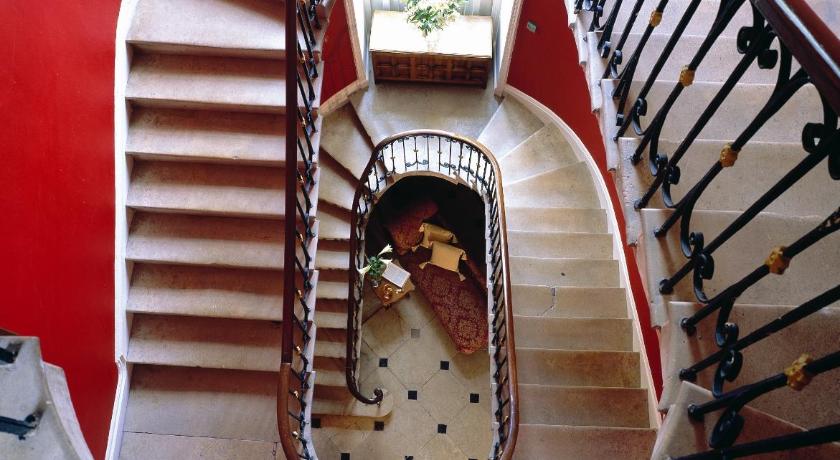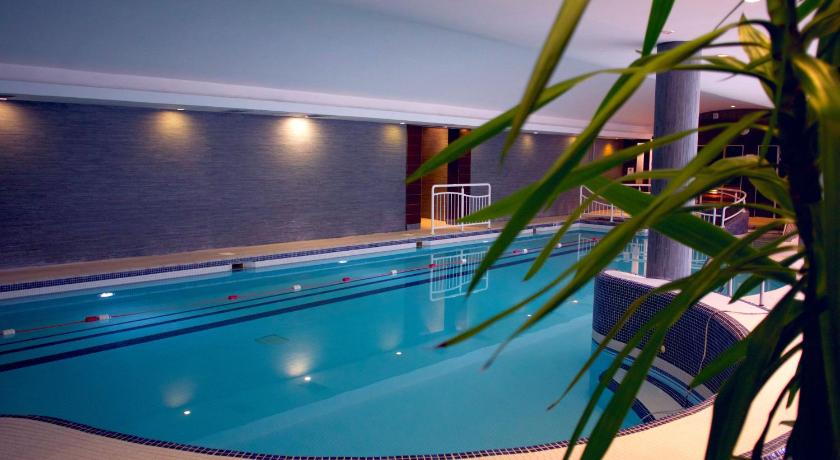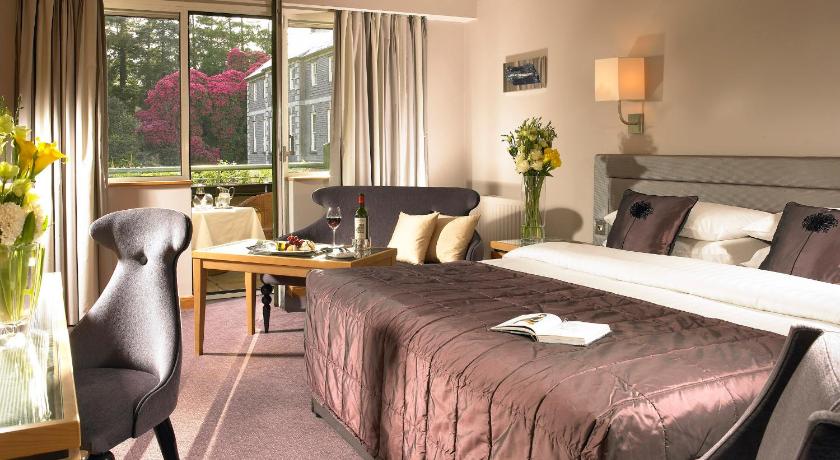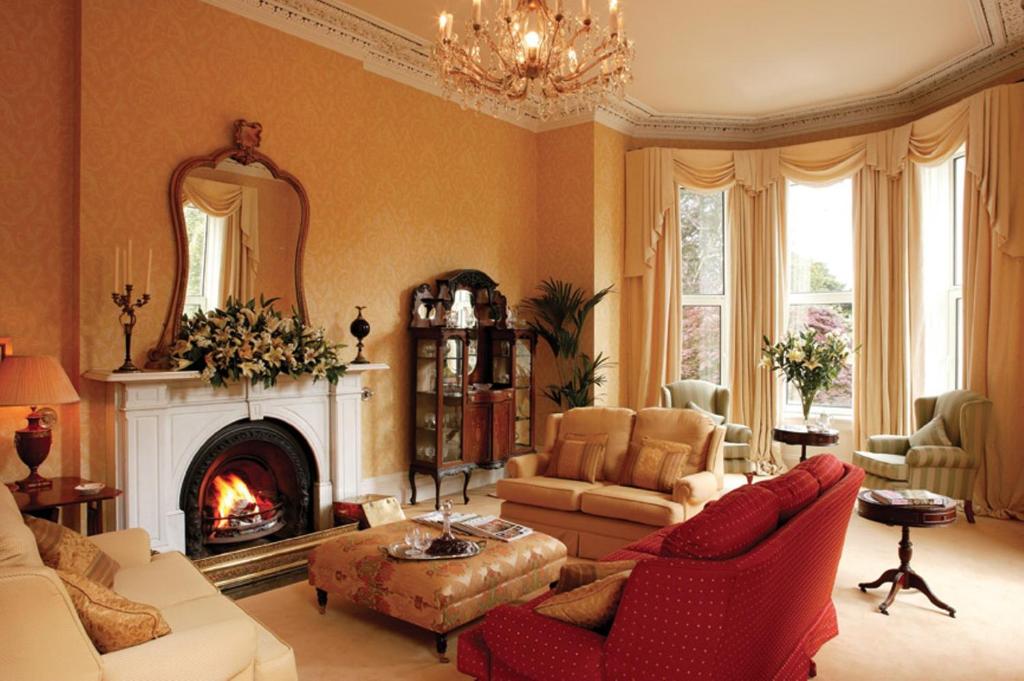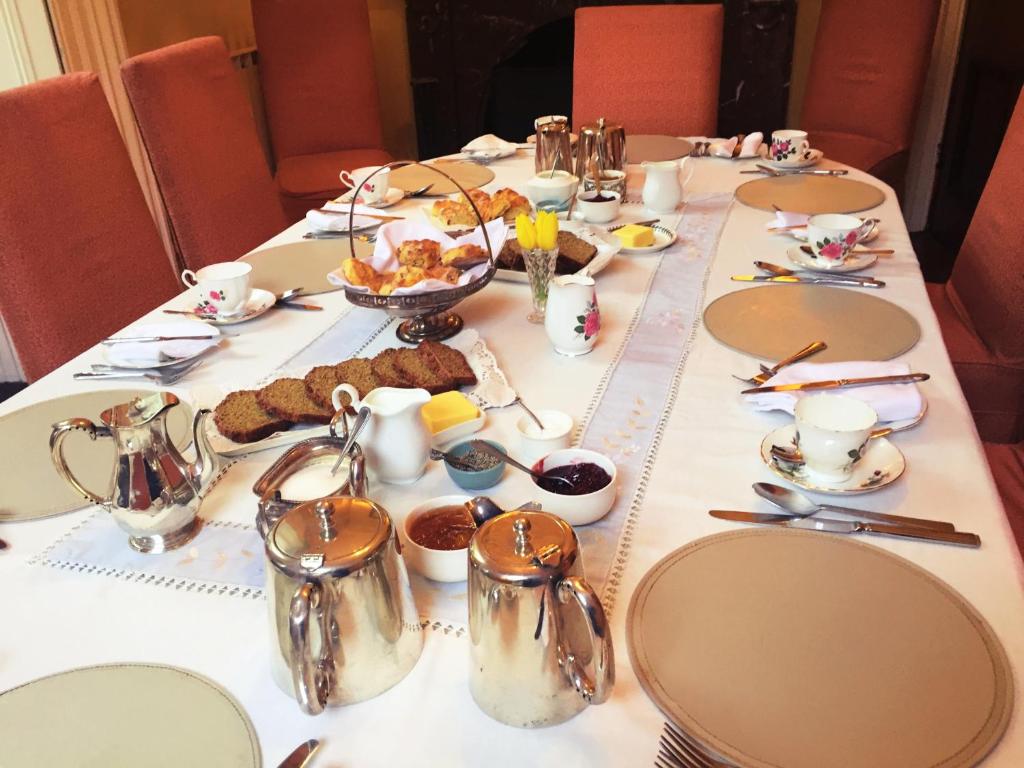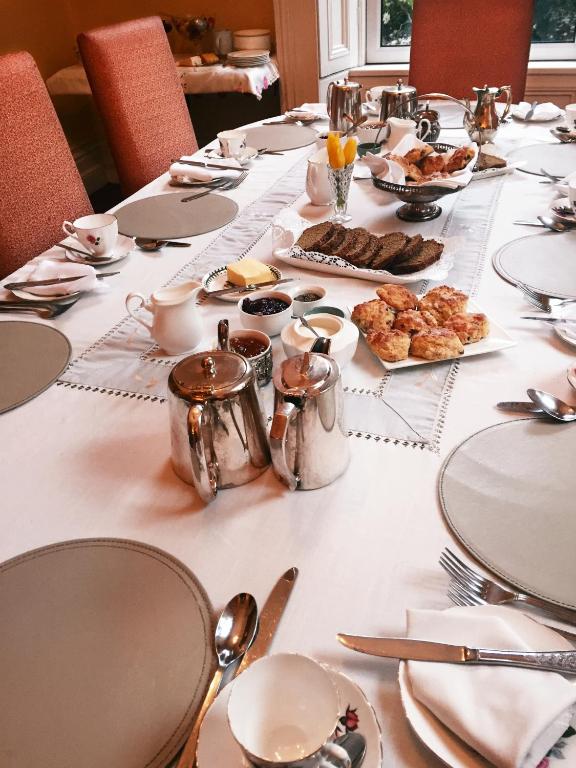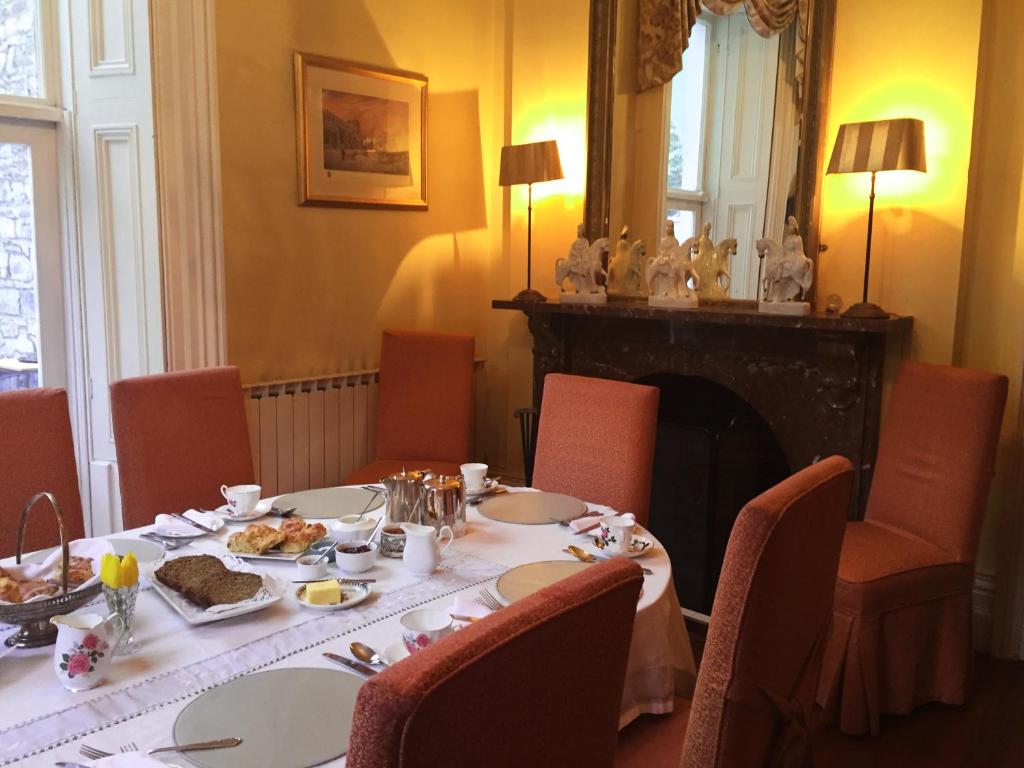Mentioned by A Lady in London
9 Secrets of Blarney Castle in Ireland - Fun Blarney Castle Facts


"Dedicated to the city’s patron saint, this Victorian, gothic-revival-style Church of Ireland cathedral on Cork’s Bishop Street was first consecrated in 1870, although construction didn’t completely come to an end until 1879. It stands on the site of a former monastery founded by Saint Finbarr in 606 and is said to be at least the third structure built in his name at the location, the first of which was damaged during the 1690 Siege of Cork. The striking cathedral was the first major work by the English architect William Burges, who is described by respected architectural historian J."
"St Fin Barre’s Cathedral, the first major work of Victorian architect William Burges, was completed in 1879. Details such as the gilded “resurrection angel” perched atop the roof may not have come cheap, but the result is an exemplar of ecclesiastical architecture. The cathedral has excellent acoustics, so consider it a bonus if your trip coincides with one of their regular concerts."

"Charles Fort – Situated on the edge of the water in the scenic village of Summer Cove in the Kinsale harbour of County Cork, lies the impressive and historic Charles Fort. The castle was originally constructed in the year 1682, and it was built as the ‘new fort’, in contrast to the ‘old fort’, or James Fort, which was built in the early 17th century on the other side of the same harbour. The fort played a critical military role throughout the centuries that it was active, until the year 1921, following the Anglo-Irish Treaty."
"One of Europe's best-preserved star-shaped artillery forts, this vast 17th-century fortification would be worth a visit for its spectacular views alone. But there's much more here: the 18th- and 19th-century ruins inside the walls make for some fascinating wandering. It's 3km southeast of Kinsale along the minor road through Scilly; if you have time, hike there along the lovely coastal Scilly Walk."
"The British built Charles Fort on the east side of the Bandon River estuary in the late 17th century, after their defeat of the Spanish…"


"Another defensive building constructed to help citizens, Elizabeth Fort was built in 1601, although in 1603 at the death of Queen Elizabeth I, a revolt in the city saw the castle being attacked and seized by the locals. When English reinforcements arrived and re-established control, the good people of Cork were forced to pay for its repair. It was rebuilt in stone in the 1620s and played a pivotal role in the siege of Cork in the 1690s."
"On a bend in the River Lee next to St Finbarre’s Cathedral, Elizabeth Fort has only just opened up to visitors. From 1601 to 2013, this building had a variety of roles and was first built to reinforce Cork’s city walls against the new threat of artillery. The fort was beefed up by Cromwell in 1649, and in 1690 the Jacobite defenders came under siege by the Williamites (fighting for the Dutch protestant prince William of Orange)."
"Newly open to visitors, Elizabeth Fort straddles the River Lee, next to St Fin Barre’s Cathedral. The fort’s been active in one way or another from 1601 to 2013 and claims an incredibly textured history. Built to defend the city walls against artillery, it was fortified by Cromwell in 1649 and later came under siege from the Williamites, battling for the Dutch prince William of Orange."



"Camden Fort Meagher is internationally recognized as being “One of the finest remaining examples of a classical Coastal Artillery Fort in the world”. For almost 400 years the fort played a key role as a strong strategic position for the defense of Ireland, the west coast of England and Wales. The fort is a prime location to watch ships passing through Cork Harbour, the second-largest natural harbour in the world."
"Described as “one of the finest remaining examples of a classical coastal artillery fort in the world,” Camden Fort Meagher dates back to 1550. Forming part of the harbour’s fortification system, it expanded gradually over the centuries. You can now wander through the deserted, windowless ramparts and around its craggy stone walls for an eerie insight into the history of Cork’s maritime defence."

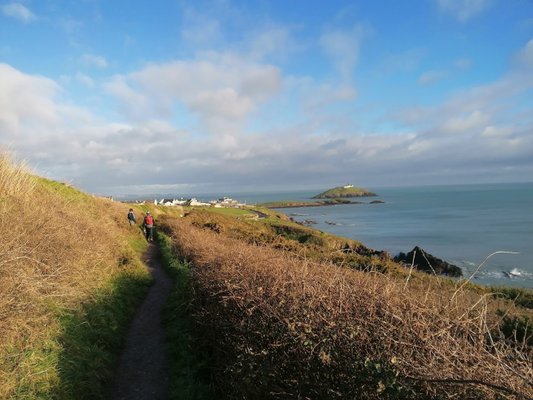
"Would avoid in heavy rain but otherwise, it is a very nice walk with steps down to small beaches. Excellent way to work up an appetite before enjoying one of Ballycotton’s many great restaurants. Ballycotton is a seaside resort village about 25 miles (40 kilometres) east of Cork city."







"Whether you’ve a banging hangover on a Sunday morning or it’s Monday morning and you fancy a healthy breakfast fix to get you through a busy workday, Perry Street Market is worth a shout. This cute café is all about locally sourced produce and freshly made from scratch breakfast foods. The full Irish is both fulfilling and delicious."


